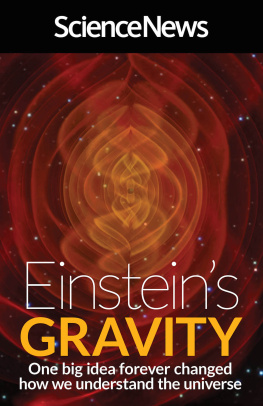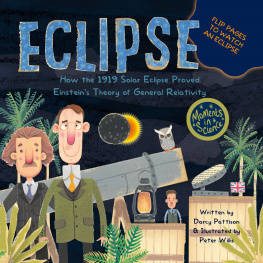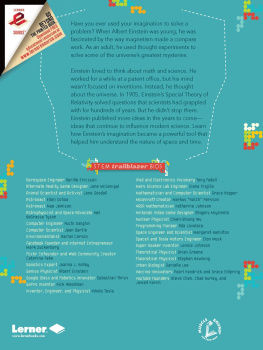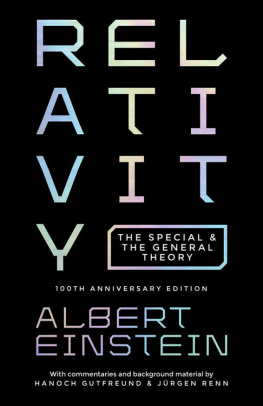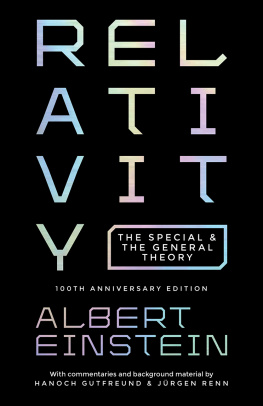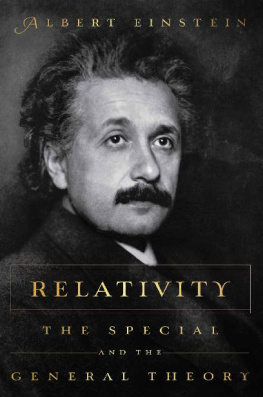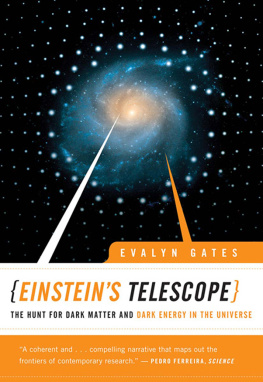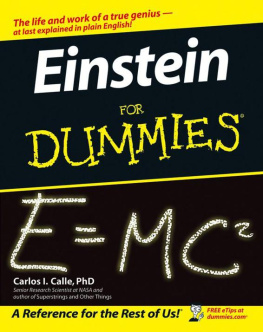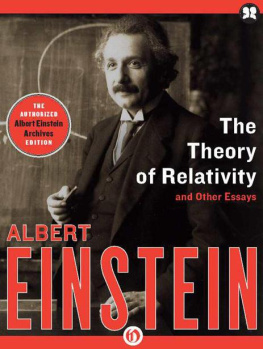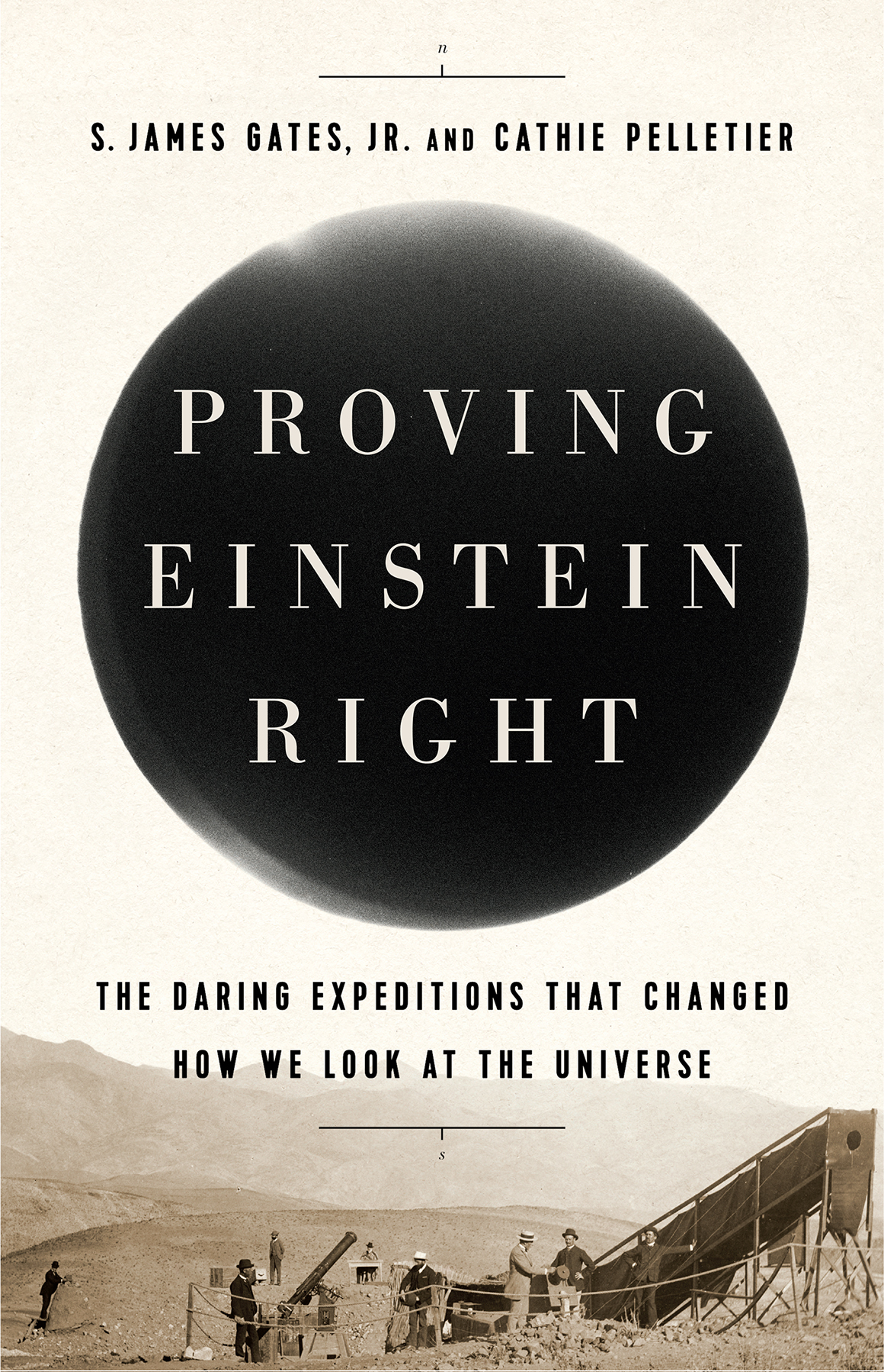Copyright 2019 by S. James Gates, Jr. and Cathie Pelletier
Cover design by Pete Garceau
Cover photographs: Solar Eclipse SSPL / Getty Images; Solar Eclipse Telescope, Courtesy Special Collections, University Library, University of California Santa Cruz. Lick Observatory Records.
Cover copyright 2019 Hachette Book Group, Inc.
Hachette Book Group supports the right to free expression and the value of copyright. The purpose of copyright is to encourage writers and artists to produce the creative works that enrich our culture.
The scanning, uploading, and distribution of this book without permission is a theft of the authors intellectual property. If you would like permission to use material from the book (other than for review purposes), please contact permissions@hbgusa.com. Thank you for your support of the authors rights.
PublicAffairs
Hachette Book Group
1290 Avenue of the Americas, New York, NY 10104
www.publicaffairsbooks.com
@Public_Affairs
First Edition: September 2019
Published by PublicAffairs, an imprint of Perseus Books, LLC, a subsidiary of Hachette Book Group, Inc. The PublicAffairs name and logo is a trademark of the Hachette Book Group.
The publisher is not responsible for websites (or their content) that are not owned by the publisher.
The Library of Congress has cataloged the hardcover edition as follows:
Names: Gates, S. James (Sylvester James), author. | Pelletier, Cathie, author.
Title: Proving Einstein right : the daring expeditions that changed how we look at the universe / S. James Gates, Jr., and Cathie Pelletier.
Description: New York : PublicAffairs, [2019] | Includes bibliographical references and index.
Identifiers: LCCN 2019019277 (print) | LCCN 2019021752 (ebook) | ISBN 9781541762237 (ebook) | ISBN 9781541762251 (hardcover)
Subjects: LCSH: Solar eclipses1919. | Total solar eclipses. | Relativity (Physics)
Classification: LCC QB544.19 (ebook) | LCC QB544.19 .G38 2019 (print) | DDC 530.11072/3dc23
LC record available at https://lccn.loc.gov/2019019277
ISBNs: 978-1-5417-6225-1 (hardcover), 978-1-5417-6223-7 (ebook)
E3-20190824-JV-NF-ORI
Dedicated to the memory
of
William Wallace Campbell
Charles Dillon Perrine
Sir Arthur Stanley Eddington
Sir Frank Watson Dyson
Charles Rundle Davidson
Andrew Claude de la Cherois Crommelin
Erwin Finley-Freundlich
Edwin Turner Cottingham
and
Albert Einstein
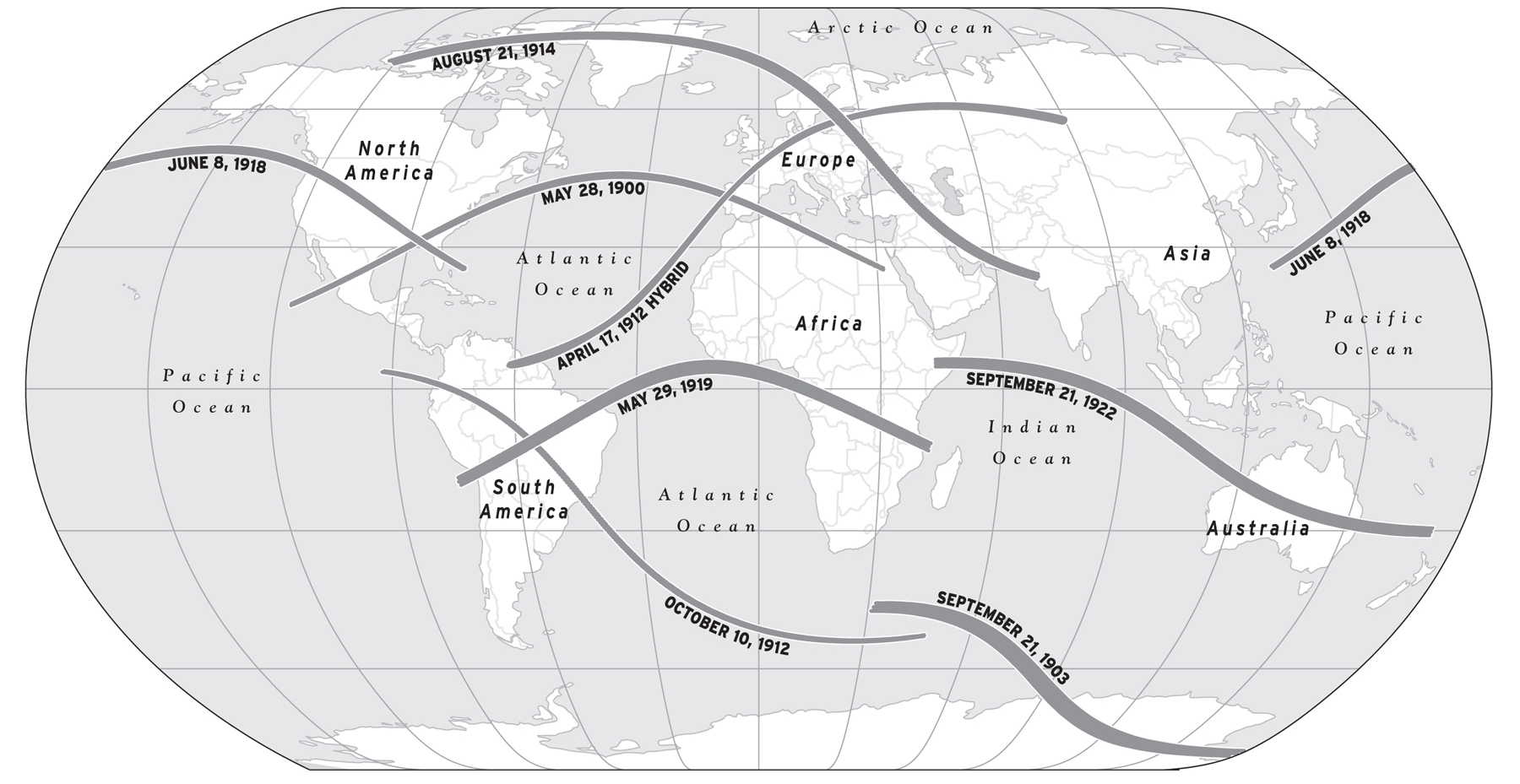
A World of Eclipses: The Paths of Totality
I must search in the stars for what is denied me on earth.
Albert Einstein
You are standing in the path of totality, waiting for a total eclipse of the sun. You have never witnessed one before, but each is different. It happens slowly, as if giving your brain time to prepare as the shadow of the new moon speeds forward to devour our closest star. At first contact, it looks as if a dark mouth has taken a bite of yellow from the sun. But this is still your world, the one you have known all your life. The bite grows larger as more of the sun disappears. With ten minutes to second contact, the total eclipse, daylight has gradually slipped away, replaced by a bluish twilight. The once magnificent sun has been eaten down to a thin crescent. Familiar landmarks now exist in a world of monochrome color you do not recognize. Odder things begin to happen. Reflected through the leaves of nearby trees, thousands of small images of the suns crescent are spilled on the ground around you. Animals have sensed the loss of daylight. Birds flutter in confusion. Cows herd into the barn. Nighttime insects rattle in surprise. Diurnal flowers fold their petals. A shivering dampness flows over you. At your feet, the grass has turned to silver. This is no longer the earth you knew.
Now the sun has become a thin sickle, clinging to its last rays of light. The moons shadow comes quickly from the western horizon, a massive wall of darkness speeding toward you at over two thousand miles per hour. With totality soon to begin, the crescent of sun breaks into blazing beads of light that flow into each other, like drops of water fusing, until only one bead is left. It glitters in the darkened sky above you like a diamond ring. Jets of red flame burst from behind the black body of the moon before it finally covers the sun, the source of life for your planet. Songbirds are silent. Bats are on the wing. This is when you can look with your unprotected eyes at the spectacle above you. Planets that were lost in the light of daytime are now visible. The brightest stars twinkle. The solar corona, shimmering like a milky halo around the suns hidden disc, is the color of liquid pearls. Its gray-white streamers, laced with crimson, are spilling backward into space for millions of miles. Your world has been thrown into a dreamlike trance. Distance now has no meaning. The heavens reach down, bringing the universe closer. The vastness of space reminds you of your mortality.
But now the reverie starts to undo itself, slowly reversing its steps. The diamond ring is back, a pulsing bead. It soon blends into a glowing string of pearls. The moon is gradually uncovering the sun, which has not perished after all. Theres the crescent again, a blessed slice of yellow. The planets and stars have disappeared. Songbirds begin singing from the trees. The air around you warms as the sky once again lightens. The life-giving sun is on its way back. The world you thought you knew is returning. But it will never be the same one you left minutes earlier. You are now changed. You have been transformed by the magic and the miracle of a total eclipse of the sun.
Although the astonishing splendor of a total solar eclipse has never changed, what has are the people who view one. If you live near or within the path of totality, youre just plain lucky. While professional astronomers and experienced amateurs will travel great distances around the world for a total eclipse, even the casually curious can become eclipse chasers, especially within their own country. They catch planes or they drive to that slim track where the view will be perfect, despite the fact that totality may last only a couple of minutes. Days before an eclipse, airports become crowded, car rental companies are besieged, and hotels fill up. Professional tour packages headed by seasoned astronomers are fully booked months in advance by teachers, bank tellers, college students, and doctors.
Eclipse day is filled with news coverage, commentaries, and precautionary advice. Enthusiasts can check up-to-the-minute weather reports and track the path of the sun on their phones and iPads. If the viewing place they chose has clouded over, the more ambitious jump into cars or onto tour buses and speed to another spot, fifty or a hundred miles away, where the skies are cloudless. Wealthy eclipse chasers purchase seats on chartered jets that fly them above any inclement weather as they follow the moons shadow. In June 1973, a select group of astronomers chased the eclipse path across the Sahara Desert at twice the speed of sound in an early model of the Concorde. In 2017, the National Aeronautics and Space Administration (NASA) sent out two jets with telescopes mounted on their noses, maximizing the minutes they could photograph the eclipse during totality.


